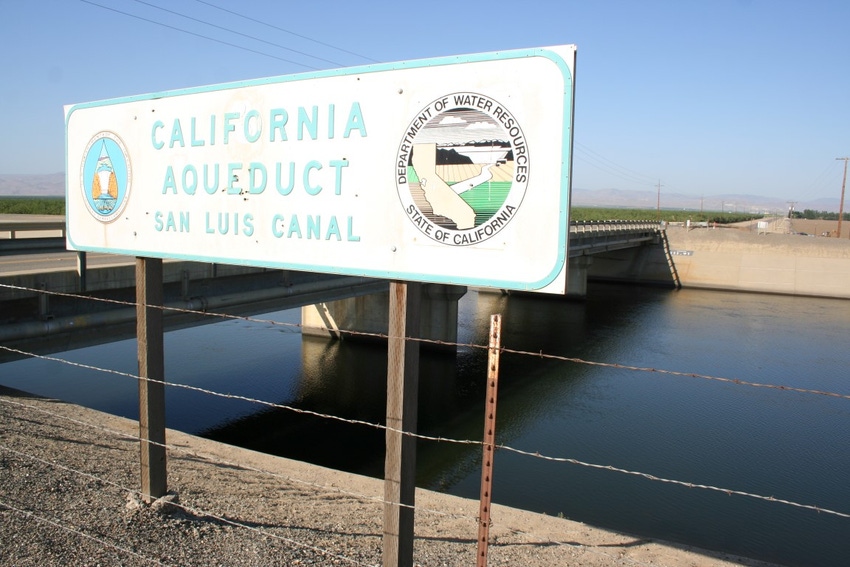December 28, 2016

The $10 billion Congressional water bill approved in December which transfers federal control of some water supplies in California to water authorities at the state level and provides funds for some badly needed structures is being applauded by farmers both north and south.
President Obama signed the bill Dec. 16.
Sweeping victories by Republicans in the November elections which gave them majorities in the U.S. House and Senate as well as the presidency have brought dramatic changes in the ways California’s water resources – much of them stored or conveyed in federally financed structures – will be allocated.
The persistent preference by Democrat representatives in Washington for federal control of the state’s water supplies was displayed by a petulant Sen. Barbara Boxer as the current bill was considered and passed. Her opposition to the bill and its support for state’s rights was bitter and outspoken, coinciding with announcement of her retirement.
On the other hand Democrat Senator Diane Feinstein, co-author of the bill, adopted a more reasonable stance in recognition of the state’s farm community’s persistent requests for action to channel more of the state’s water supplies to irrigation and agricultural use. Environmental interests have instead insisted on releasing vast amounts to run freely to the ocean.
Feinstein’s action should strengthen her relatively strong tie to California farmers in spite of her party’s support for legislation that has often angered or demeaned them.
The Congressional bill deals with much broader water control measures than California’s. For example, it authorizes financing for a crucial structure to clarify and purify the much publicized foul water distribution system in Flint, Mich. Veto of the bill by Obama would deny funds for repair and replacement, not a popular move.
A focal point of the bill’s effect are the pumps at the southern end of the Sacramento-San Joaquin Delta, installed years ago with the power to pull water from the Delta and send it to distribution and storage facilities further south.
One of those facilities is the California Aqueduct, and another is San Luis Reservoir, west of Los Banos. The reservoir has sat at ghostly low levels, especially in recent drought years, but also in some seasons when millions of acre feet of water were bypassing the Delta pumps, flowing unused to the ocean.
With what seems to be shaping up as a more than adequate snow pack in the Sierras, coupled with traditionally adequate rainfall on the valley floor, 2017 is a perfect year to apply the more sensible water management procedures of Senator Feinstein’s bill. It can be a huge turning point in California’s water development history.
With radical environmentalists and other pretend subversives refusing to obey various laws they don’t like, the implementation of the new federal water law carries a certain amount of uncertainty. Even California’s governor has expressed a contrarian response to national policy in regard to climate issues.
The development and administrations of water distribution programs in California have not been without controversy, and will continue to arouse strong sentiments from opposing positions.
The new water bill provides no insurance against such differences. It does provide hope that responsible officials can operate responsibly in behalf of all citizens to take the least selfish and most comprehensive advantage of one of the state’s most valued and vitally promising natural resource.
Those mired in the radical environmental movement can be expected to oppose the many benefits the bill provides because they oppose agriculture and food production as a building block of the state’s economy.
A California without agriculture is their dream, but a nightmare for the other 42 million residents.
(Note: The views expressed in this commentary are solely those of the guest author, and are not necessarily shared or endorsed by Western Farm Press).
About the Author(s)
You May Also Like




